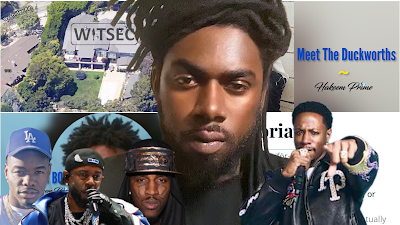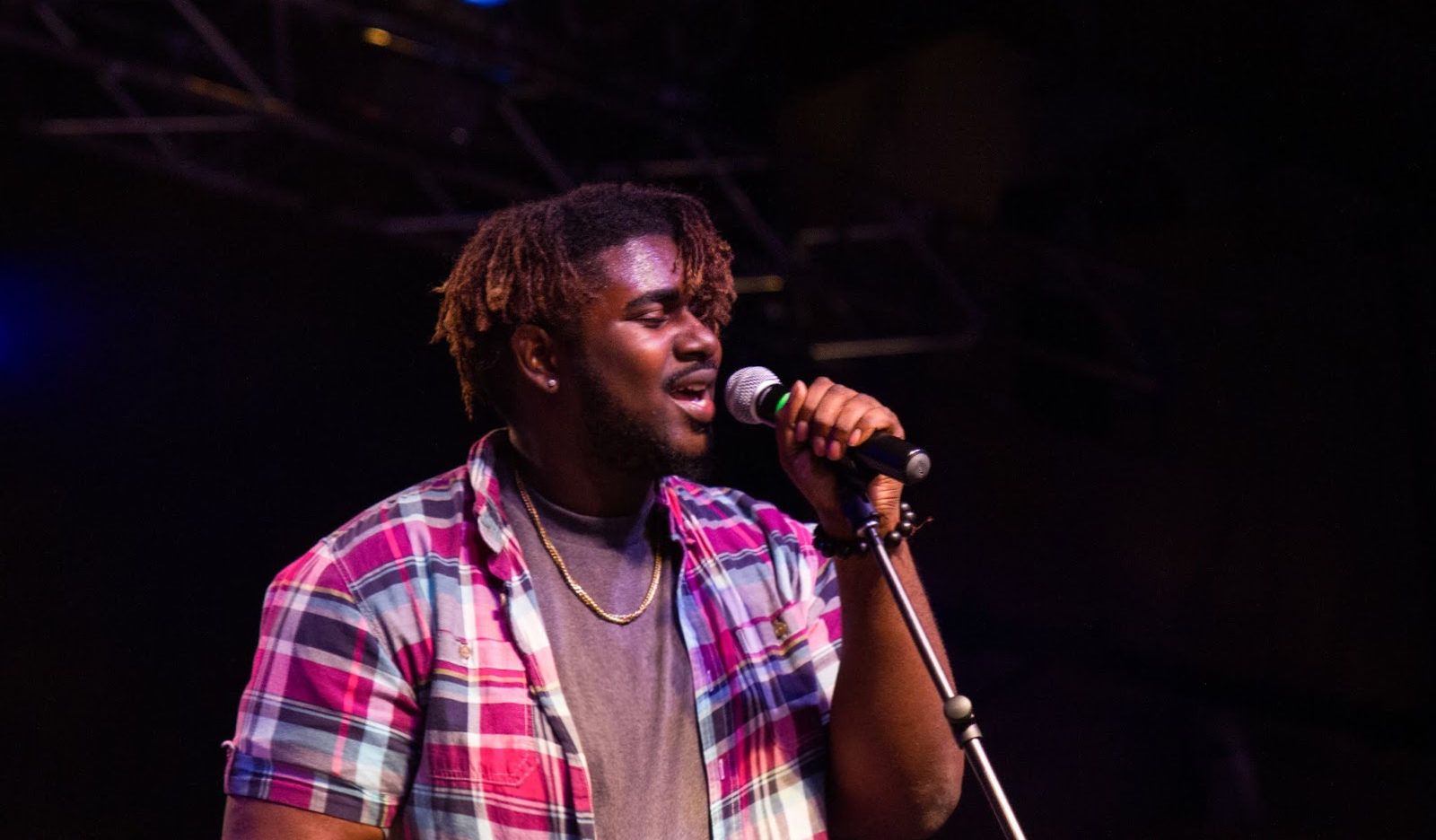From the Bronx to the World: How Hip-Hop’s City Dominance Shifted (1970s–2025)
Hip-hop, born in the streets of the Bronx, grew from block parties into a billion-dollar cultural force. As the genre evolved, different cities took turns sitting on the throne — each adding their unique stamp, slang, style, and sound. Here’s a breakdown of hip-hop’s peak city dominance, from its gritty birth to its global status in 2025.
⸻
1. New York City (1970s–Mid-1980s)
The Birthplace.
In the early 1970s, DJs like Kool Herc, Grandmaster Flash, and Afrika Bambaataa turned the Bronx into a laboratory of beats, rhymes, and block party energy.
By the early ’80s, MCs like Run-D.M.C., LL Cool J, and Public Enemy pushed rap into mainstream America.
Graffiti, breakdancing, DJing, and MCing — all the pillars of hip-hop — were forged in New York.
Peak Moment:
• Run-D.M.C.’s Raising Hell (1986)
• Public Enemy’s It Takes a Nation of Millions to Hold Us Back (1988)
Legacy:
New York gave hip-hop its blueprint and original heart.
⸻
2. Los Angeles (Late 1980s–Mid-1990s)
The Gangsta Rap Era.
When N.W.A dropped Straight Outta Compton in 1988, the whole world took notice of LA’s violent, raw reality. Dr. Dre’s The Chronic (1992) shifted the sound to G-funk — melodic, heavy bass, sunny synths. Snoop Dogg, Tupac, Ice Cube, and Death Row Records made LA the epicenter of rap through most of the ’90s.
Peak Moment:
• Dr. Dre’s The Chronic (1992)
• Snoop Dogg’s Doggystyle (1993)
• Tupac’s All Eyez On Me (1996)
Legacy:
LA made hip-hop cinematic — blending street narratives with smooth production and national rebellion.
⸻
3. Oakland/Bay Area (Late 1980s–Early 1990s, Mid-2000s)
The Independent Hustle & Hyphy Culture.
While New York and LA battled for national headlines, Oakland quietly built one of the strongest independent rap scenes in the country.
Too $hort pioneered raw street storytelling in the late ’80s. MC Hammer became a global pop sensation. Early Tupac Shakur found his voice in Oakland through Digital Underground.
Fast-forward to the mid-2000s, and the Bay birthed the Hyphy Movement: a cultural earthquake full of wild dances, slang (“Go dumb”), sideshows, and an unapologetic regional pride.
Peak Moments:
• Too $hort’s Life Is… Too Short (1988)
• MC Hammer’s Please Hammer Don’t Hurt ’Em (1990)
• E-40’s My Ghetto Report Card (2006) — the Hyphy movement anthem
Legacy:
Oakland gave hip-hop its first taste of real independent success, West Coast street flair, and later influenced the wild, animated energy we see in modern-day Southern rap.
Without Oakland, there’s no blueprint for being a boss without a major label.
⸻
4. Atlanta (Late 1990s–2010s)
The Trap Era and Beyond.
Post East-West beef, Atlanta slowly rose to dominance. Outkast changed the perception of Southern lyricism forever. Lil Jon’s crunk anthems brought ATL energy to the clubs. Then came T.I., Jeezy, Gucci Mane — the architects of trap music.
In the 2010s, Future, Migos, Young Thug, and Lil Baby made sure Atlanta completely owned hip-hop, both sonically and culturally.
Peak Moments:
• Outkast’s Stankonia (2000)
• Jeezy’s Let’s Get It: Thug Motivation 101 (2005)
• Future’s DS2 (2015)
Legacy:
Atlanta turned hip-hop into a melodic, auto-tuned, hit-making machine — influencing not just rap, but all pop music.
⸻
5. Chicago (2012–2015 Mini-Era)
The Rise of Drill.
While Atlanta was running the game, Chicago had a flash of serious national influence through the drill music wave. Chief Keef, Lil Durk, and G Herbo (then Lil Herb) introduced a darker, minimalist sound that captured street life in its rawest form.
Peak Moment:
• Chief Keef’s Finally Rich (2012)
Legacy:
Drill’s blueprint traveled internationally (especially UK Drill) and inspired generations of trap, drill, and rage rap artists afterward.
⸻
6. Houston (Flash Mid-2000s)
Chopped & Screwed Kings.
DJ Screw’s legacy in Houston created an entire subgenre of slow, syrupy rap. In the early 2000s, Mike Jones, Paul Wall, Slim Thug, and UGK helped Houston cross over nationally. Though brief, it was a defining regional moment.
Peak Moment:
• Mike Jones’ Who Is Mike Jones? (2005)
Legacy:
Houston proved that regional culture — chopped and screwed sound, slabs, candy paint — could live authentically without compromise.
⸻
7. Miami (Mid-2000s Small Moment)
Boss Life Rap.
Rick Ross and DJ Khaled brought Miami into the conversation in the mid-2000s with luxury rap anthems and all-star collaborations. Miami had a hot scene but never truly dominated.
Peak Moment:
• Rick Ross’s Port of Miami (2006)
Legacy:
Miami showed that lifestyle branding and collaborative spirit could build hip-hop empires.
⸻
8. The Internet Era (2016–2025)
Global, Digital, Fragmented.
By the late 2010s, cities mattered less than individuals. Thanks to streaming and social media, artists could blow up from anywhere.
The SoundCloud generation (XXXTentacion, Lil Uzi Vert, Juice WRLD) shifted power from cities to the internet itself.
Atlanta still remained a base, but Memphis started rising, led by Moneybagg Yo, Glorilla, NLE Choppa, and Young Dolph (RIP).
Peak Moment:
• Lil Uzi Vert’s Luv Is Rage 2 (2017)
• Pop Smoke’s Shoot for the Stars Aim for the Moon (2020) — NYC Drill’s last big move
Legacy:
2025 hip-hop is decentralized, digital, and faster than ever — but Atlanta, Memphis, and online culture still drive the future.
⸻
Final Timeline of City Dominance:
| Era | City | Peak Representation |
| 1970s–mid-1980s | New York City | Run-D.M.C., Public Enemy |
| Late 1980s–mid-1990s | Los Angeles | N.W.A., Dr. Dre, Tupac |
| Late 1980s–Early 1990s (Influence) | Oakland | Too $hort, MC Hammer |
| Mid-2000s (Regional Movement) | Oakland | Hyphy Movement |
| Late 1990s–2010s | Atlanta | Outkast, Jeezy, Future, Migos |
| 2012–2015 | Chicago | Chief Keef, Lil Durk |
| Mid-2000s (Flash) | Houston | Mike Jones, UGK |
| Mid-2000s (Flash) | Miami | Rick Ross |
| 2016–2025 | Global/Internet Era | Memphis rising, ATL ongoing |
Conclusion:
Hip-hop’s heart started in the Bronx — but by 2025, it has no single home. The game belongs to the streets, the screens, and the independent dreamers across every city


























.JPG)













